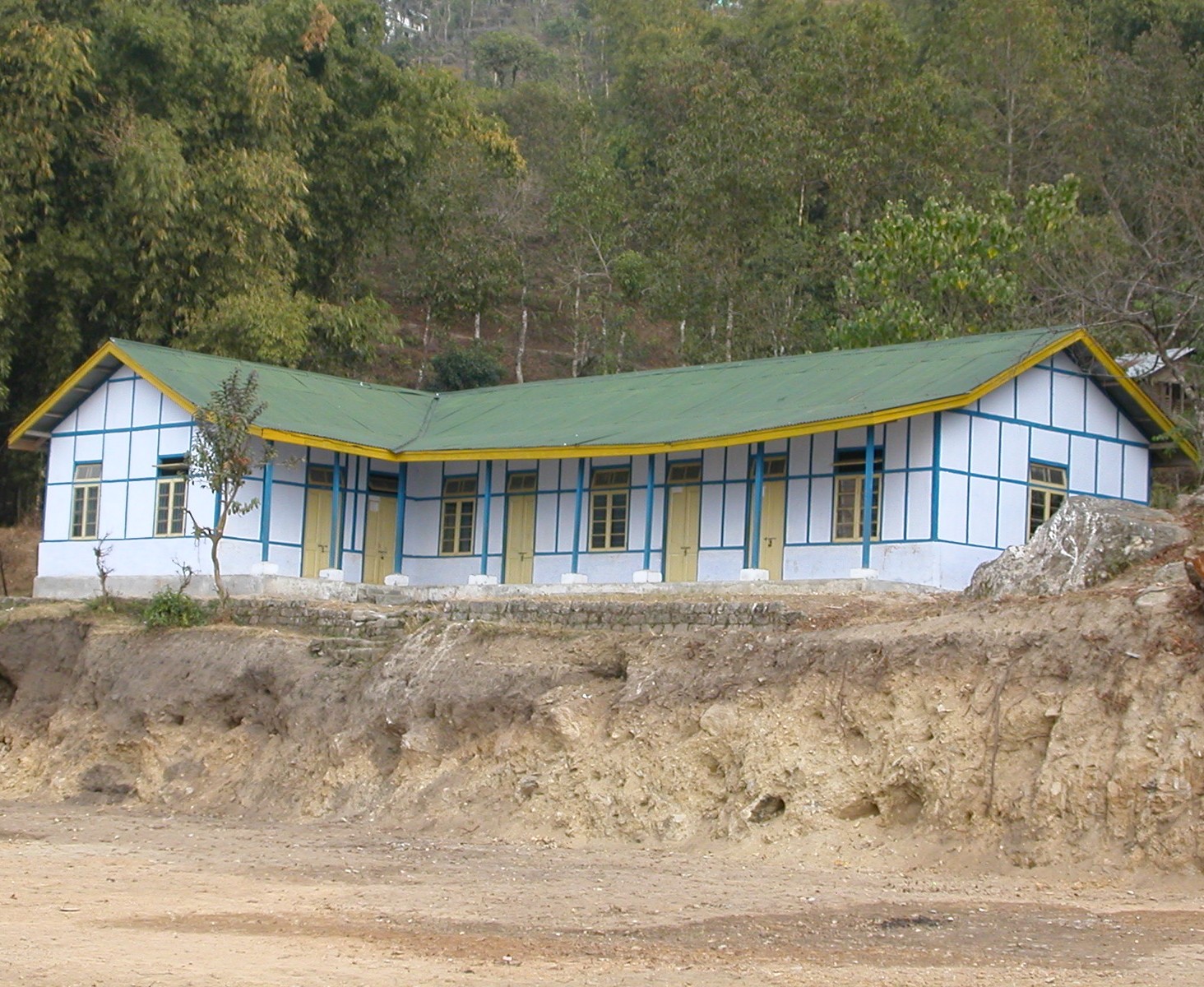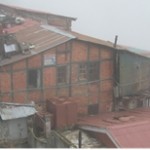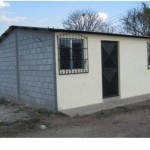by Hemant B. Kaushik, K. S. Ravindra Babu
Assam-type houses are commonly found in the northeastern states of India. Generally, it is a single storey house; however, two-storey houses are also found at some places. The main function or use of this construction type is multi-family housing. These are generally single dwelling units and do not have common walls with adjacent buildings. The house is made largely using wood-based materials. Performance of Assam-type houses has been extremely good in several past earthquakes in the region. Structural strengths that influence earthquake safety of the house include good configuration, light-weight materials used for walls and roofs, flexible connections between various wooden elements at different levels, etc. However, the houses are vulnerable to fire because of use of untreated wood-based materials. When built on hill slopes,unequal length of the vertical posts leads to unsymmetrical shaking that may damage the house.


